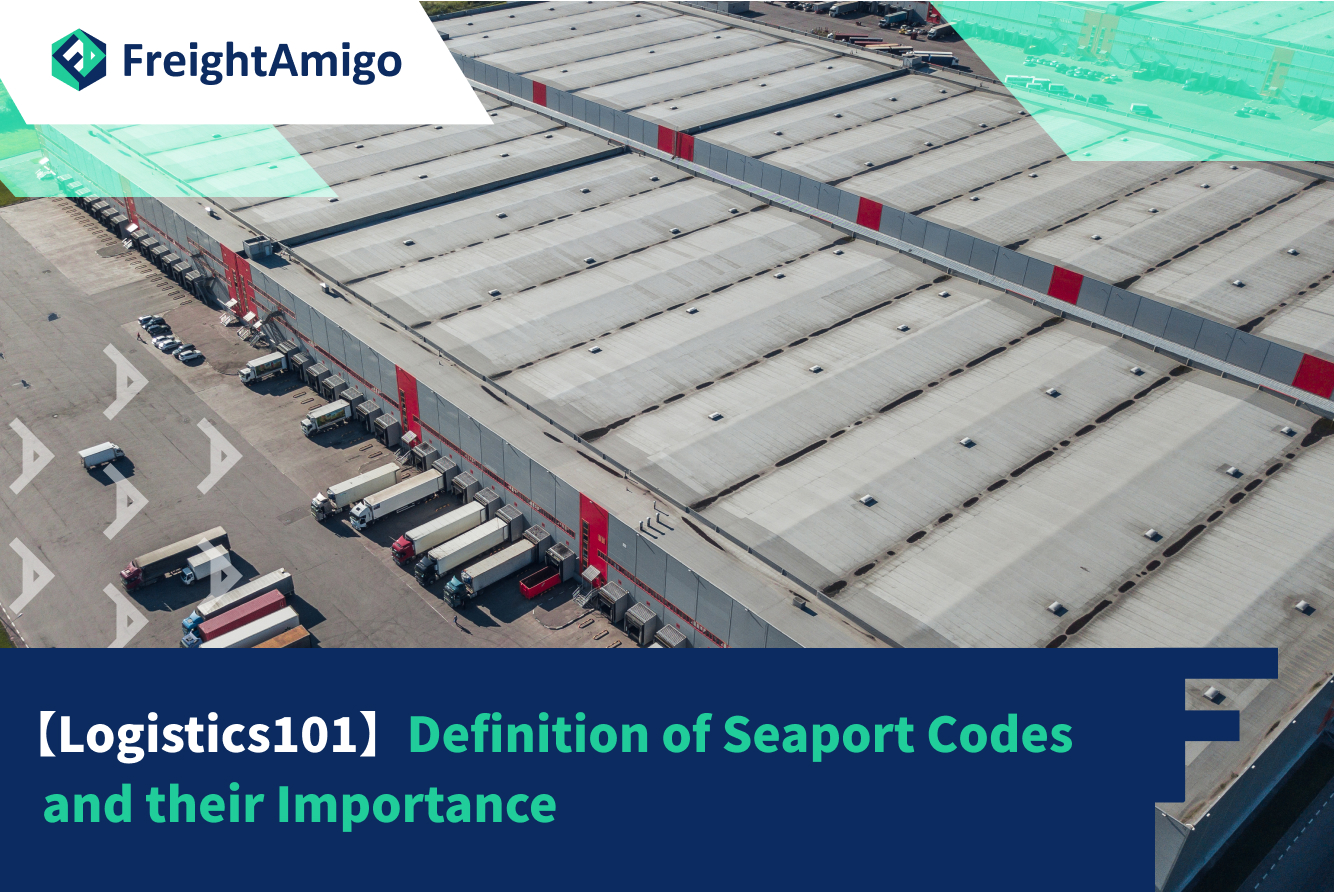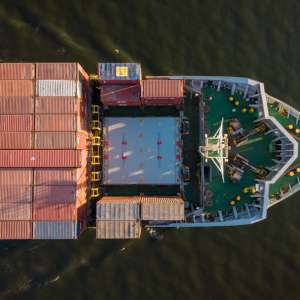Author Name:Tiffany Lee – Marketing Analyst at FreightAmigo
Sea freight plays a very important role in freight logistics, but do you understand the operation of sea freight? Seaports are the most indispensable resource in shipping, but ports in different places have different names. How can we avoid mistakes in cross-border trade? In the following, the Seaport code’s definition, Importance, and its benefits will be cover.
Want to compare the best Express, Air Freight, Sea Freight, Rail Freight & Trucking rates so as to have better control on cost?
Definition of Seaport Codes
Port codes, also known as UN/LOCODEs, are unique five-character codes assigned by the United Nations Economic Commission for Europe (UNECE) to identify seaports and inland ports around the world. The database is still maintained by the United Nations Economic Commission for Europe and currently includes more than 103,030 locations in 249 countries. These codes consist of two letters representing the country and three letters representing the port city or location.
The Importance of Seaport Codes
Port codes are essential in international trade and shipping because they provide a standardized and common way of identifying the port for the loading and unloading of goods. They are used by shipping lines, freight forwarders, customs brokers, and other logistics professionals, mostly on bills of lading, invoices, and contracts, to ensure that all parties in the supply chain move across borders in a consistent and efficient, and safe manner.
Benefits of using Seaport codes
-
Helps reduce errors and misunderstandings that may occur when identifying ports
Because port codes are standardized and universally recognized, parties do not need to use different naming conventions or translations when referring to ports. This helps ensure everyone involved in the logistics process is on the same page, which can save time and money and prevent delays and errors.
-
Helps simplify customs clearance procedures
Customs authorities around the world use port codes to identify ports of entry and exit, allowing them to quickly verify the origin and destination of goods. Visible port codes help speed up the customs clearance process and reduce the risk of delays or inspections.
What is the difference between a major port and a minor port?
Knowing the difference between primary and secondary ports is critical to making shipping more efficient and cost-effective. Major ports are usually larger and provide access to rail, road, and customs facilities, as well as cargo-handling facilities that may not be available in smaller regional ports. As freight moves towards using larger vessels capable of carrying more cargo, major ports are often preferred as they have the capacity and capacity to handle these large vessels.
Despite the advantages of major ports, the use of small and medium ports also has its benefits:
- Strong local connections: Small and medium-sized ports usually have close connections with local cities and communities, providing more convenient import and export and logistics advantages.
- Boutique specialization: Some small and medium-sized ports gain an advantage in competition by focusing on market challenges and focusing on specific industries or goods.
- Lower congestion: Compared to larger ports, small and medium-sized ports are likely to be less congested and experience fewer delays in container loading and unloading, resulting in faster turnaround times for ships.
- Lower costs: Small and medium-sized ports may have lower fees for using facilities, making them more cost-effective for certain cargoes.
- Regional size and capacity: Although small and medium-sized ports rank low globally in terms of cargo tonnage and container shipments, local ports may still have significant size and capacity in regional comparisons, making them valuable sources for local trade and transport. s Choice.
Different types of ports
Seaports can be divided into two main types: cruise ports, which serve commercial passengers, and cargo ports. Cargo ports can be further divided into bulk ports (also known as bulk cargo ports), which handle cargo that needs to be loaded in bulk or individually, and container ports, which handle cargo that needs to be transported in containers. Most cargo ports can handle all types of cargo, but be aware that some ports may have specific regulations that may affect your shipment.
In addition to these main types of ports, there are also inland ports, located on lakes, rivers, or canals with access to the ocean, allowing ships to discharge their cargo closer to inland destinations. A dry port, another type of port, is an inland facility directly connected to a seaport by road or rail. Finally, warm water ports are those where the waters do not freeze over in winter and are available all year round.
Top Ten Seaport
- Shanghai Port – CNSHG
- Port of Singapore Singapore-SGSIN
- Shenzhen Port – CNSZX
- Ningbo-Zhoushan Port- CNNBG
- Guangzhou Port-CNGZG
- South Korea Busan Port – KRPUS
- Hong Kong Port – HKHKG
- Qingdao Port – CNQDG
- Tianjin Port-CNTXG
- Jebel Ali Port, United Arab Emirates – AEJEA
There are different options for cargo transportation. If you want to choose the most convenient and suitable solution, it is best to have the full support of logistics experts! If you are planning to ship goods overseas, please go to the FreightAmigo page for inquiries.
Extended Readings:
【Logistics101】Understanding Landed Cost and its Impacts to Your Business
【Guide to Sea Freight】 What is Sea Freight? Common term, Pros & Cons
【Logistics 101】What is HS Code?
===
If you have any inquiries on logistics/supply chain, feel free to contact FreightAmigo now:
Chat with us online OR
Phone / WhatsApp: +852 27467839









































